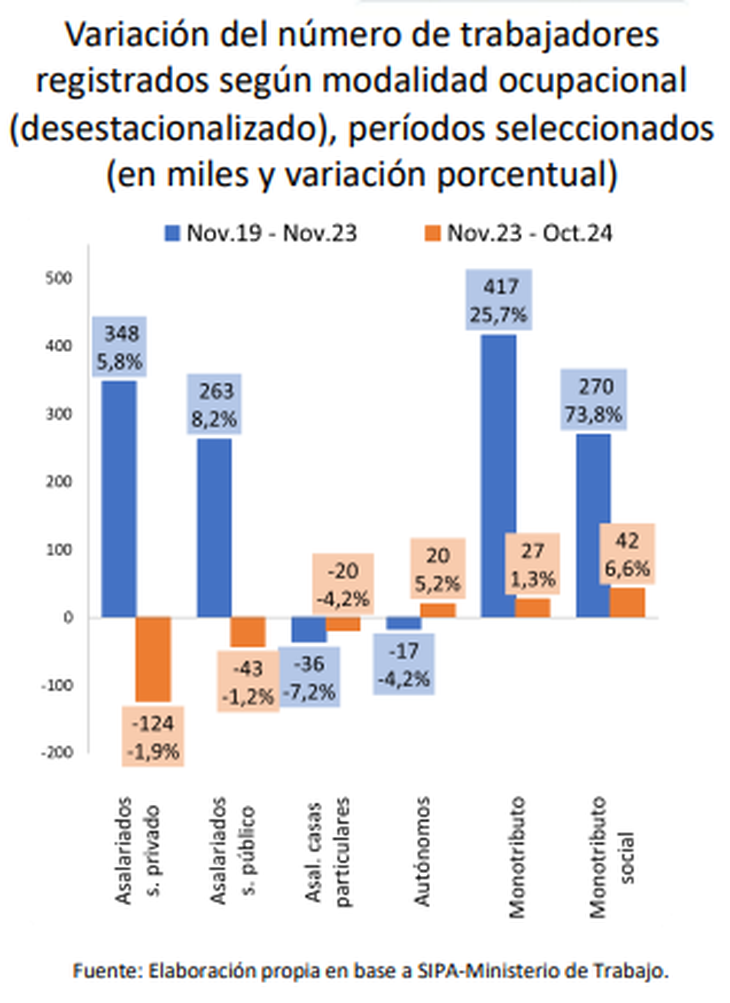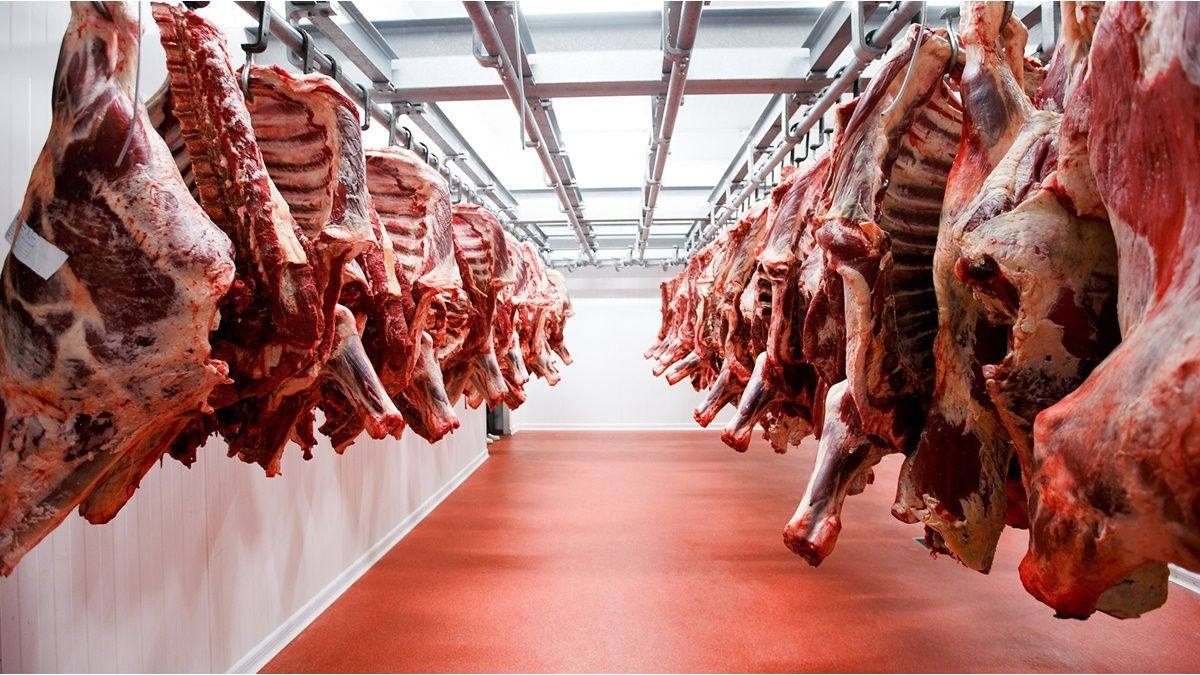The CTA published a report in which it reflects a deterioration in most of the variables linked to the world of work since December 2023. The exception was the strong real increase in the AUH.
The economic policies of the Government of Javier Milei during his first year in office they generated a negative impact on the labor market. Although improvements have been noted in some variables in recent months, employment and the wage bill are lower, while inequality is greater.
The content you want to access is exclusive to subscribers.
This was reflected in a report by the Research and Training Center of the Argentine Republic (FIGURE) of the Central Workers of Argentina (CTA). The work reviewed the evolution of different variables linked to the world of work since the libertarians arrived at the Casa Rosada.


Employment
As for the employmentthe CTA highlighted a loss of 187,000 jobs of formal salaried work between November 2023 and October 2024, of which 124,000 occurred in the private sector and 43,000 in the State. Among the private sectors, construction and the manufacturing industry were the most affected activities, within the framework of the stoppage of public works by the Government and a recession that mainly affected the items linked to the domestic market. Likewise, in the public sector the reasons for the reduction in labor sources were a consequence of layoffs and budget adjustments.
image.png

“Both from the supply and demand sides it is noted that The recession especially affected the domestic marketwhich at present does not show expansionary trends,” the report noted.
image.png

Salaries, Retirements and AUH
Regarding the wagesthe work showed that the income of workers formal within the private sector They recently recovered the level prior to Milei’s inauguration, although they are still 23% below the highest level of the last decade (November 2015). On the contrary, the public salaries They are still 15% below November 2023 (and 38.2% versus 2015), while the deterioration in the income of the informal workers It was estimated above 10% year-on-year for the third quarter of 2024.
image.png

This reflects a profound heterogeneity among workers, which can also be seen at the social stratum level. While those who earn the most have already recomposed their loss of income, the most vulnerable showed purchasing power between July and September that was 10% lower than in the same period of the previous year.
In the same sense, the CTA focused on the Minimum Living and Mobile Wage, and retirements, as two of the adjustment variables that the Government used to reduce the wage bill. “The conjunction of a recessionary scenario with significant losses in real wages and lower employment meant a loss in the share of the wage bill in the economic wealth generated: In the 1st semester of 2024, remunerations represented 44% of the total Added Value, when that proportion had been 46.6% a year before“, it was indicated.
image.png

As an exception, the report highlighted the strong increase in the purchasing power of the Universal Child Allowance (AUH)which almost doubled between November 2023 and December 2024.
Source: Ambito




